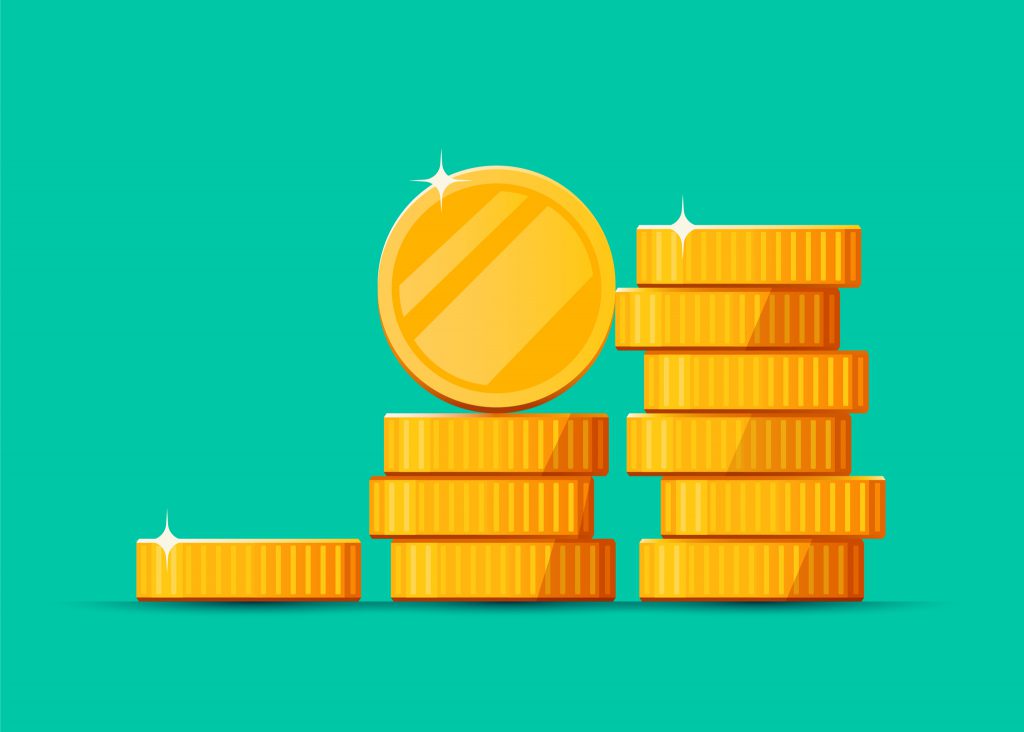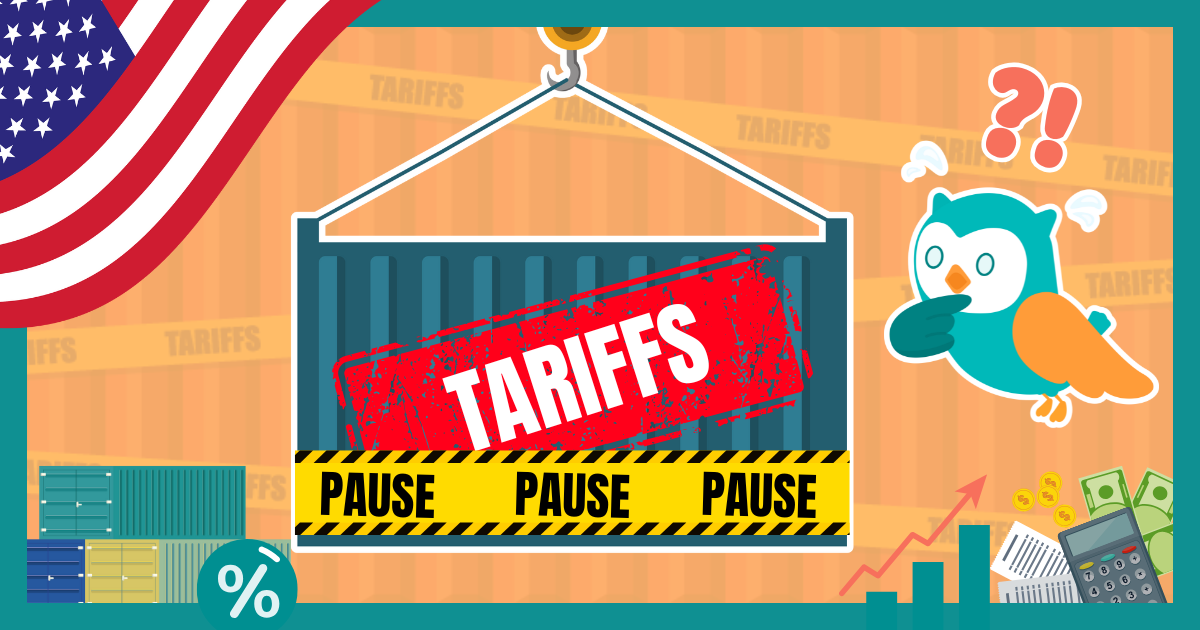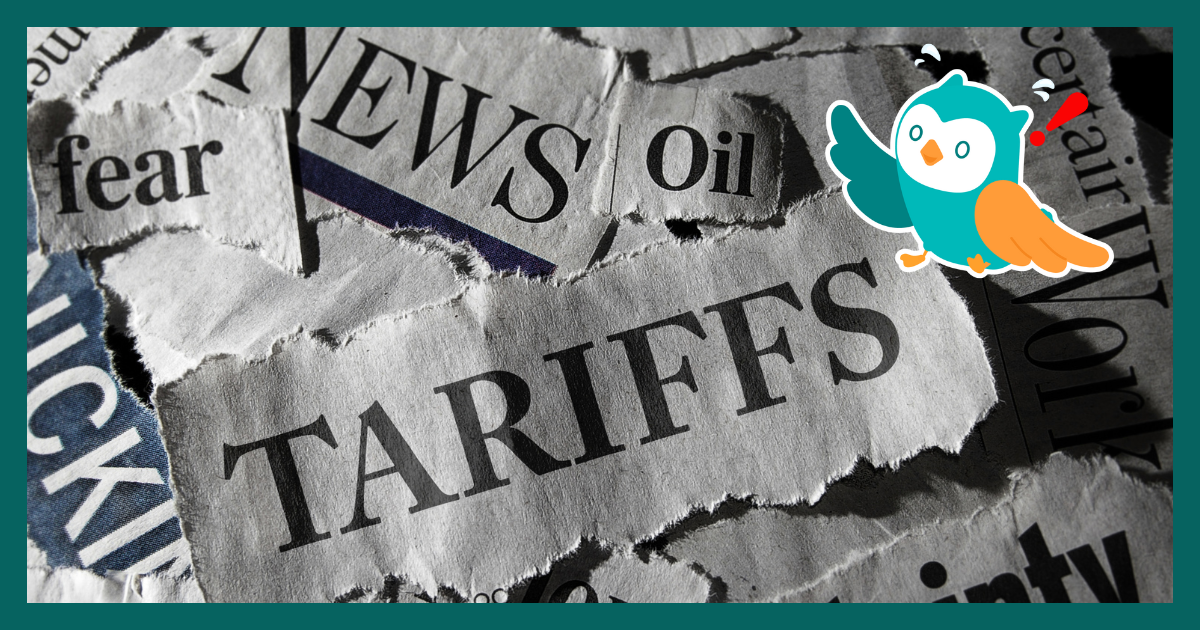Note: It was announced in November 2023 that MoneyOwl will be acquired by Temasek Trust to serve communities under a re-purposed model, and will move away from direct sale of financial products. The article is retained with original information relevant as at the date of the article only, and any mention of products or promotions is retained for reference purposes only.
______________
Why we use equities and bonds as core building blocks of our portfolios and not gold.
“All that glitters is not gold;
Often have you heard that told:
Many a man his life hath sold
But my outside to behold:
Gilded tombs do worms enfold.”
– The Merchant of Venice
Gold recently hit a 7-year high with the recent talk of military conflict between the US and Iran, then eased off a bit with the ebb of the war talk.
Sometimes I’m asked why MoneyOwl does not have an allocation to gold in our portfolios – only equities and bonds. Let me start by explaining equities and bonds and why we use these as core building blocks of our portfolios, before addressing gold.
When you invest in equities or stocks, you become a shareholder of the company whose stock you hold. Equity is capital that a company uses to conduct its business. Shareholders are entitled to a share of the company’s earnings. Even though stock market prices fluctuate in the short term for various reasons, we know that the global stock market (in aggregate!) goes up in the long run because global demand that drives earnings goes up in the long run. After all, world population and living standards that drive global demand go up in the long run.
Bonds are I.O.Us or debt issued by the government or companies when they borrow from investors to raise funds. Bonds pay a regular stream of income or coupons (hence bonds are also called “fixed income”) and pay back the principal amount upon maturity when the term of borrowing is up. Bonds help to fund government spending and companies’ business operations. The government use taxes and other income to pay back bondholders, while companies use business earnings to pay back bondholders.
Generally speaking, bonds are regarded as less risky than shares because creditors always get paid first. But they have no upside beyond the coupons promised and the original amount invested. Shareholders, on the other hand, bear more risk but get a higher return when the earnings of the company increase.
At MoneyOwl, we believe that the return from an investment that you need to grow your wealth over the long term will come mainly from equities. Stock markets have shown that they reward investors who stay invested with an above-inflation return. However, not everyone has the risk appetite or time horizon to ride out the volatility of the stock market. For those of us in that category, we might make the mistake of selling off our stocks when the swings get wild, thus failing to capture the long-term market return. Rather than a portfolio with 100% equities, it would be better to have a portion of the portfolio in bonds to help dampen the volatility so that we can remain invested throughout our time horizon and still reach our goals. Bonds generally move in opposite directions to equities (negative correlation) and thus have a hedging effect. You also get some modest return from bonds even when equities are doing okay, but the primary role of bonds in a portfolio is to smooth out the volatility of return.
So, what about gold? Gold has intrinsic value but does not pay you any return in itself because it is not a productive asset. (Other ways people have said this: gold does not have a risk premium; it is a zero yielding asset.) The return from gold you get is purely dependent on the change in gold price after you buy it. Prices are set by buyers and sellers, and while gold is bought and sold for jewellery, it is the speculative buying and selling of gold that determines almost all of the day-to-day changes in the gold price.
Being a speculative asset, therefore, gold cannot replace equities as the core of a portfolio that you invest in to secure your retirement nest egg, or for any return objective for that matter. There is no disagreement among investment professionals on this. I have never seen a portfolio with 40% in gold, for example.
But what about using gold as a hedge, similar to or in addition to bonds? After all, bonds are now low- yielding or even negative-yielding in many countries; doesn’t that nullify the so-called relative disadvantage of gold not yielding anything? Furthermore, gold is a safe haven asset, to which people flock in times of high risk, as we just recently saw. This is a tantalising argument, but safe haven does not equal being able to play the stabilising role in a portfolio, for several reasons.
1. The most important reason is that gold has not demonstrated a stable negative correlation to equities over the long term, compared to bonds.
When stock markets go down, you cannot count on gold prices going up as a base case. Stock markets can go down for a variety of complex reasons and these reasons do not always benefit gold as a safe haven. In the last ten years, in fact, throughout the gyrations of the stock market, gold hasn’t really performed.
2. Even if there is a flight to safe havens, it is complex because gold is priced in USD and both gold and USD can be safe havens.
For a Singapore dollar-based investor, whether the gold price in SGD will go up in every case, really depends on the degree of movement in gold versus USD. This adds a further layer of well, guesswork.
3. Because the only return from gold is speculative.
Any allocation to the gold that is substantial enough to shift your return significantly when gold prices increase (maybe 10% or so), would also expose you to the risk of loss if gold prices fall. This, then, adds to, rather than smoothens the volatility of your portfolio. High-quality bonds are much less volatile and there is even a non-speculative way of making money from negative-yielding bonds (through capturing the roll-down return in an upward sloping yield curve environment – buying a 5-year bond and then selling it 2 or 3 years after, for example; but that is a topic for another day.)
In portfolio construction, we would like to cross a high bar of evidence before we use an asset class for a particular purpose. We look for a long term, pervasive relationships or characteristics. We have evidence about long-term stock markets. With bonds, we also have long-term evidence of their characteristics and relationship to stock market price movements. With gold, there may have been a recent movement demonstrating a hedging effect to equities, but the evidence is not pervasive enough across time to convince us to make a substantial strategic allocation.
Put another way: a portfolio of diversified global equities, in a suitable mix with bonds as necessary, can already be sufficient to meet our needs if we stay invested. If sufficiency rather than maximisation is our approach, then we do not need to bet on gold or any other “markets of emotion”, as a wise colleague of mine has termed them. The reward for our “emotional intelligence”? A handful with tranquillity and peace of mind of even greater value than gold.
Chuin Ting Weber, CFA, CAIA, is CEO and CIO of MoneyOwl.




